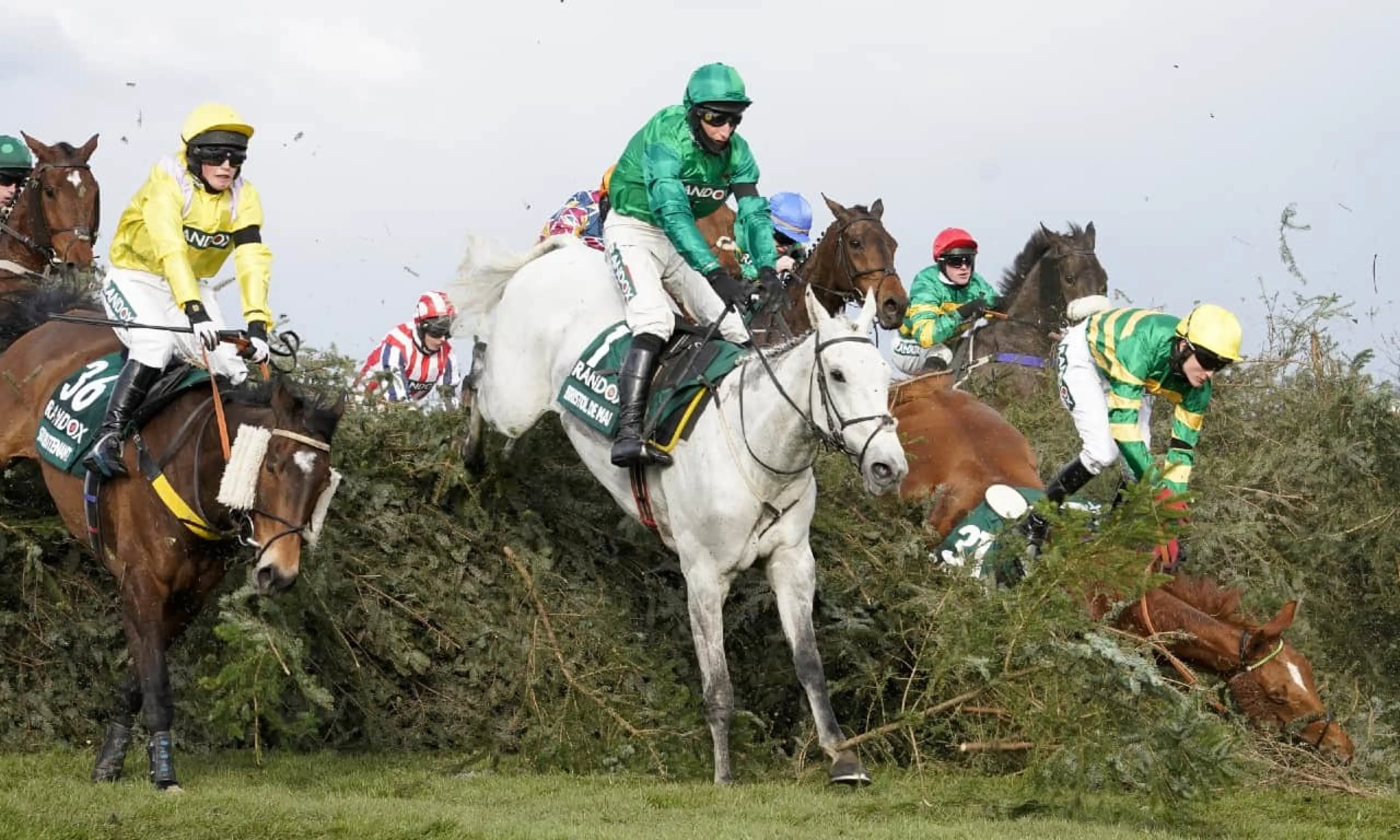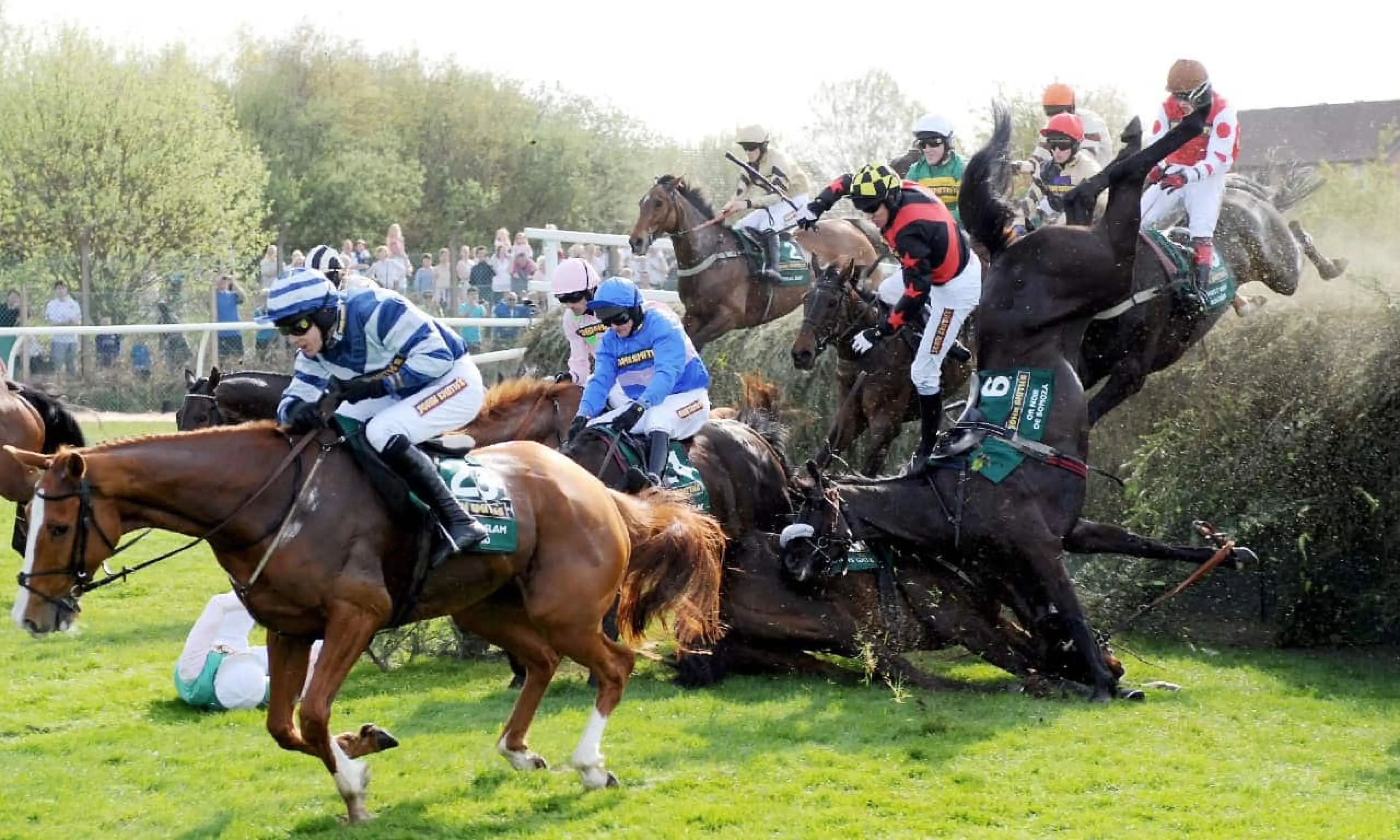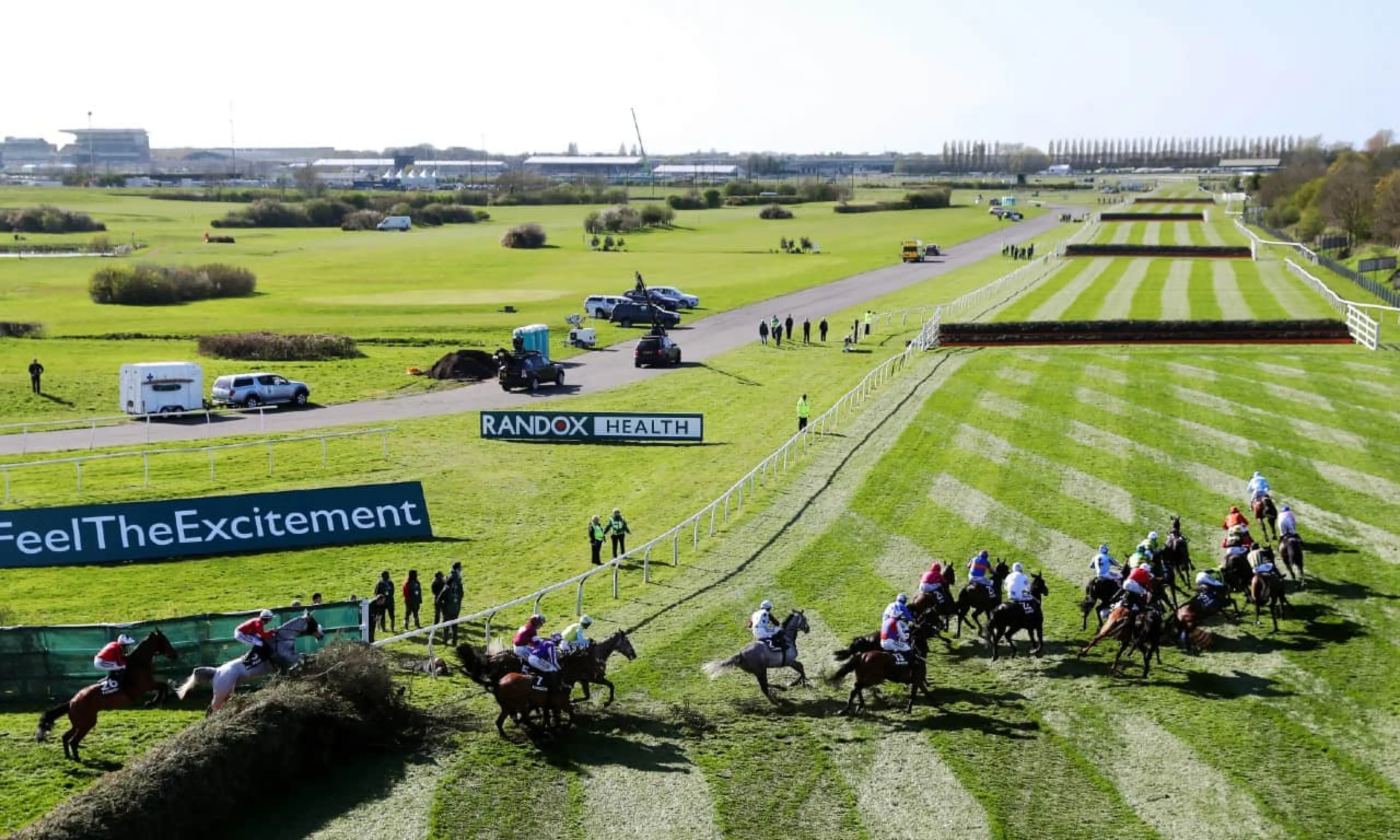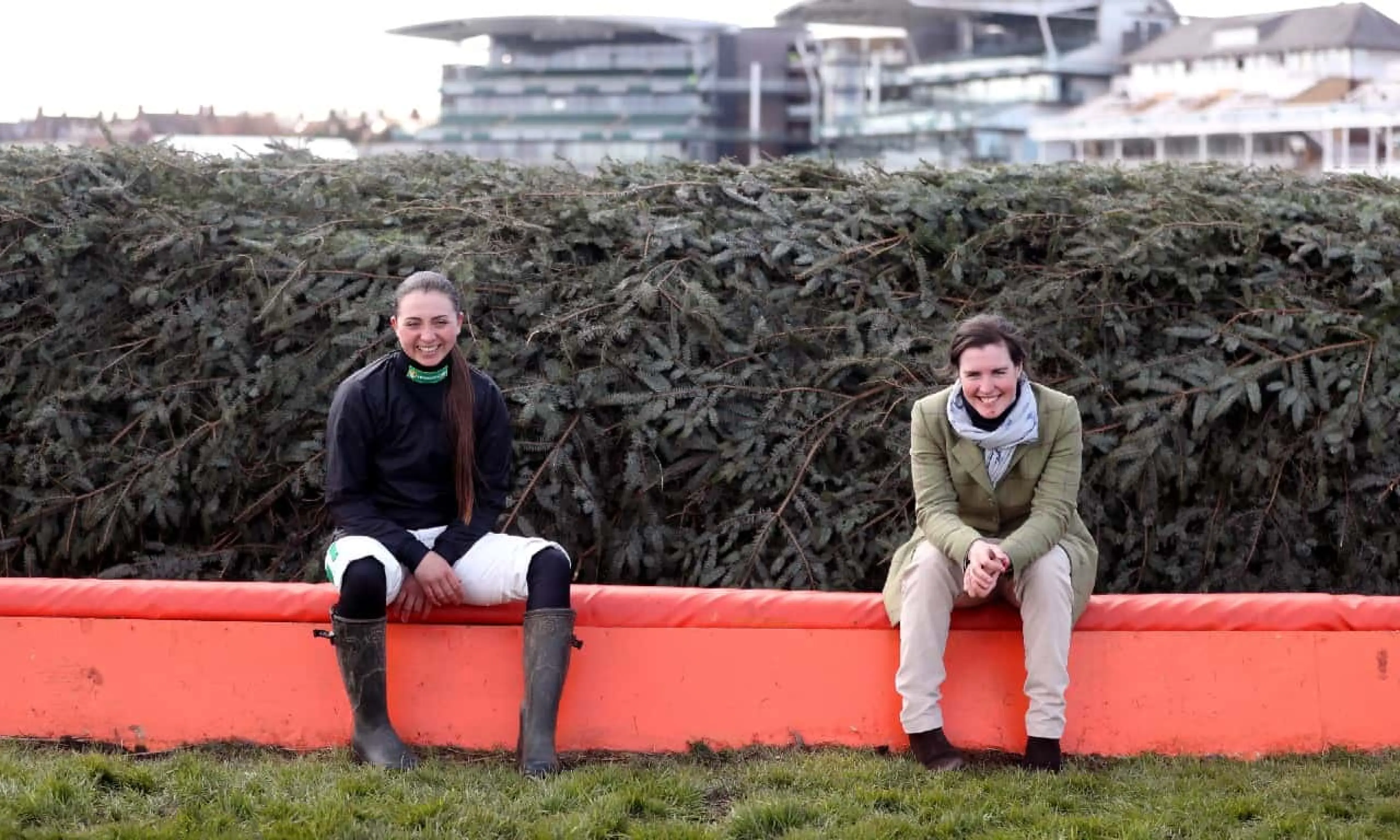A guide to the fences on the Grand National course
Published:
A look at the key fences on the Grand National course
Only five races take place each year over the famous spruce of the Grand National course at Aintree which provides the ultimate test of both horse and rider.
To win the Grand National, horses and jockeys have to successfully navigate two circuits of the Grand National course and jump 30 fences in total before reaching the Elbow and sprinting for the winning post.
Here we take a look at some of the signature fences the 40 runners and riders in the Grand National betting will have to tackle when trying to win the world’s most famous steeplechase.
Becher’s Brook
Named after Captain Becher, who was the first man to fall at the imposing ditch and hid in the water on the landing side to avoid being trampled on by the other runners, the fence is perhaps the most famous on the Grand National course.
Jumped twice as fence six and fence 22, it is one of the first real tests in the Grand National and it is the drop on the landing side which makes the fence such a challenge for horse and rider to successfully clear.
Although looking somewhat innocuous from the take-off side, the fence measures almost 6ft from the landing side and it is this that would often catch plenty of Grand National runners out.
When you add in a slight left turn immediately after the fence, it is easy to see how many a favourite’s Grand National challenge has ended here.

Foinavon
Immediately after Becher’s Brook comes Foinavon which is jumped as fence seven and 23 on the Grand National course.
One of the less imposing fences that are jumped, it is often the source of unforced errors as horses who have just tackled the giant Becher’s Brook take liberties at the next obstacle.
The fence was named after the horse that won the 1967 Grand National. Heading into the race as a 100/1 no-hoper, Foinavon was able to take advantage of a huge pile-up that wiped out half of the field due to the fact he was so far behind he was one of the only runners that could spot the carnage ahead.
Canal Turn
To complete a tricky trio of consecutive fences, the Canal Turn sits as fences eight and 24 on the Grand National course and signals the run for home as the field turn an immediate left and head back towards the Melling Road and the grandstands.
Horse and rider often angle out to try and cut the corner and save ground at the 45 degrees turn and it can often cause plenty of traffic problems with loose horses and inexperienced riders misjudging the angles.
Interference at this fence has ruined many a Grand National contender’s challenge and there have been pile-ups and carnage at both the 1928 and 2001 Grand Nationals.

Valentine’s Brook
The second big brook on the course, Valentine’s is the last real jumping test before home on the second circuit and is positioned as fence nine and 25 on the Grand National course.
Valentine’s gets its name from the 1840 Grand National where horse Valentine supposedly vaulted it almost sideways to land hind legs first.
The Chair
One of the most formidable fences on the Grand National course, the runners and riders have to negotiate an 11ft spread to clear both the open ditch on the take-off side combined with the width of the biggest fence on the course.
It is the tallest fence on the course, but in contrast to Becher’s Brook the ground is higher on the landing side than take off, meaning that horses are often surprised at the turf hitting their hooves sooner than expected.
It is one of only two fences jumped only once on the Grand National course, but that is often enough to claim enough race casualties and has seen the highest number of fallers than any other fence in the Grand National.

The Elbow
Although not a fence, it is essential to mention one of the most significant parts of the Grand National course, the Elbow.
Having jumped the last fence, those in contention angle towards the Elbow, where the running rail leading to the winning post begins and where those leading the charge for home can begin dreaming of Grand National glory.
The run-in is a massive 474 yards from the back of the last fence to the winning post and jockeys often choose to wait until they reach the Elbow before throwing the kitchen sink at their mount in an attempt to claim the first prize.
Read our Grand National tips
View the latest horse racing odds







